
The structural relation window consists of the following elements:
The elements of the structural relation window are explained as follows:
|
The elements, from left to right, are explained as follows:
|
|
 |
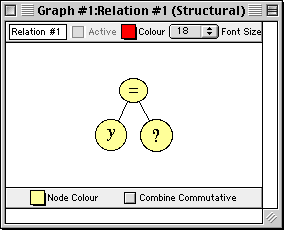 |
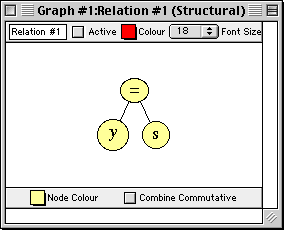 |
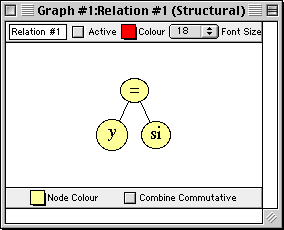 |
 |
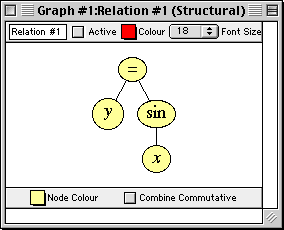 |
The elements, from left to right, are explained as follows:
Figure 3.6 shows two tree structures for the same relation: The one the left, with the Combine Commutative unselected, shows a full, binary tree structure. The one on the right, with the Combine Commutative selected, shows a flatter tree structure, with commutative operations combined together.
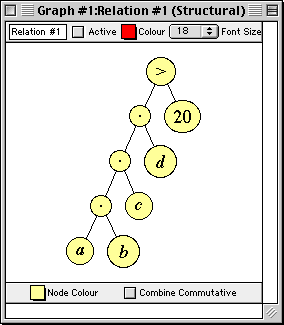
|
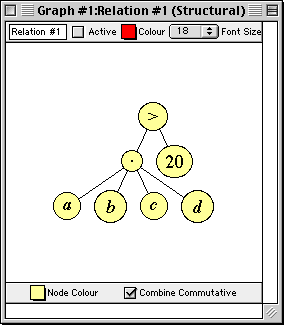
|
| Binary | n-ary |
|